Publicaciones
Gender pay equity: exploring the impact of formal, consistent and transparent Human Resource Management practices and information
2021. Human Resource Management Journal. DOI: 10.1111/1748-8583.12296 - Volumen: 31 Número: 1 Páginas: 242-258
Sebastian Ugarte G, Jill Rubery
Abstract:
This paper explores the extent to which formalised HR practices can reduce gender bias in pay setting or whether, following Acker (2006), gender bias may still be embedded within formalised HR practices. Detailed investigation of a critical case study of a Chilean finance organisation with a strong commitment to formalised, consistent and transparent pay practices based on individuated information, revealed only a small negative gender effect on pay and no identifiable gender effects in starting salaries, merit pay or promotion. These findings provide some support for the proposition that HR practices focused on job-related performance (Reskin, 2000) and limiting managerial discretion may facilitate gender pay equity. However, the case also reveals the limits of these policies. Women scored equally well on performance but formalised scores on future potential were higher for men and mattered more. A significant gender effect emerged in promotion to more senior posts. These mixed outcomes suggest that Acker’s (2006) proposition still holds.
Palabras claves: Gender pay gap, Transparency, Formalisation, Pay practices, HRM practices
Acceder a la publicación completaDepartamento
©2023 Todos los derechos reservados Departamento de Administración Facultad de Economía y Negocios (FEN), Universidad de Chile

